Corkscrew Willow Tree
Description
Also known as Curly Willow or Salix matsudana 'Tortuosa'
Add graceful movement and artistic structure to your landscape with the Corkscrew Willow Tree—a fast-growing ornamental known for its uniquely twisted branches and curling green foliage. This one-of-a-kind tree offers year-round visual interest and is perfect for landscape focal points, privacy screens, or even cut branches for floral arrangements.
Why Grow a Corkscrew Willow Tree?
- Twisted branches create winter interest even without leaves
- Long, narrow leaves emerge in spring with a light curl
- Bright yellow fall foliage adds seasonal color
- Fast-growing tree that establishes quickly and matures rapidly
- Popular for floral arrangements and decorative cuttings
- Great for rain gardens and areas with moist, well-draining soil
- Works well as a privacy screen, accent tree, or living sculpture
Growing Conditions & Care
Corkscrew Willows thrive in full sun and adapt to a wide range of soil types—including clay and sandy soils. They prefer moist, well-drained locations and are especially useful in wet areas where other trees struggle. These willows are an excellent choice for naturalized plantings, stream banks, or low-lying areas with good drainage.
- USDA Hardiness Zones: 3–10
- Sunlight: Full sun (6+ hours daily)
- Growth Rate: Fast (up to 3–4 feet per year)
- Mature Height: 30–40 feet
- Mature Spread: 15–30 feet
- Water Needs: Medium to high; tolerates seasonal wetness
Prune in late winter or early spring to maintain shape and remove any crossing branches. The tree’s branches are somewhat brittle, so choose planting locations that avoid heavy wind exposure when possible.
Add Artistic Beauty to Your Landscape
Whether you’re looking to buy a Corkscrew Willow tree for its unique form, ability to fill space quickly, or its decorative branches, this tree brings something different to every season. Its curled stems and whimsical profile provide a visual twist that draws attention year-round.
Plant your Corkscrew Willow in the right spot, and you’ll love this sculptural tree for years to come.
Characteristics
| Hardiness Zone Range | 3 - 10 |
| Shade/Sun | Full Sun |
| Soil Composition | Loamy |
| Soil Moisture | Average Moistness - Moist |
Zone Compatibility
Tools & Supplies
Planting & Care
Learn all about how to grow shade trees in The Growing Guide. An entire section of our website dedicated to your growing success.
Questions & Answers
The root system of the curly willow tree stays near the top surface layers of the soil. It does not grow deep. The roots can spread across the soil as far as three times its canopy. It has been known to crack pavement and damage underground pipes and septic tanks in its search for water so do not plant near these infrastructures. Mine is planted in a field that is in a lower part of my yard that is wet, especially in spring. It is part of a new forest being created with other trees such as sycamore, certain maples, catalpa, swamp oak, alder, black Tupelo, river birch.
The corkscrew willows have aggressive roots. The tree has shallow, moisture-seeking roots that can wreak havoc in sewer lines and cause damage to patios and sidewalks.plant at least 40 foot from any foundation.
Definitely. One year later the stick we bought is a 6’ tree with a 4” diameter trunk. I bought nursery trees the same year that are now substantially smaller than the willow.
Mine is planted in moist to wet clay soil. As the season progresses, the moisture will decrease without rain.
This is a short-lived Willow unlike the weeping Willow, but it is messy like the weeping Willow with branches breaking off and littering the ground. This can be corrected a bit by good pruning practices that let air flow through the tree. The root system is shallow like the other willows so it could affect plumbing over time. I would stay 30 feet away from any plumbing, drainage, etc. I hope this is helpful info.
I wouldn't try that. The willows roots will grow into the leach lines do to the water and eventually stop them up. 😊
The corkscrew willow (Salix matsudana 'Tortuosa') has a relatively short lifespan of 10 to 20 years, but in ideal conditions it can live up to 30 years. Most corkscrew willows die before they reach 10 years old.
We appreciate you reaching out to us. Because weather and soil conditions vary so much from year to year and even within your zone, it's best to think of your planting time as a range of favorable conditions instead of an exact time.
You can plant new plants and trees:
1) when the ground is not frozen.
2) when daytime temperatures are above freezing (32ºF) and below 90ºF.
3) when extreme weather (blizzard, hail, torrential rain, etc.) is not in the forecast. Be sure to keep plants watered if you're transplanting in warm and/or dry weather.
If you have any further questions please don't hesitate to reach back out to us. Have a great day!
I am showing it to be available at this time, so it may be a state, or county restriction.
This tree is native to China, Korea

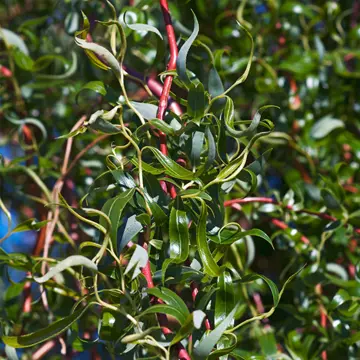

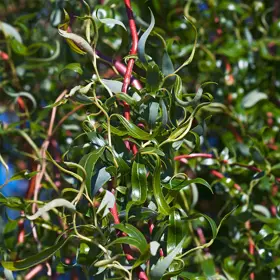

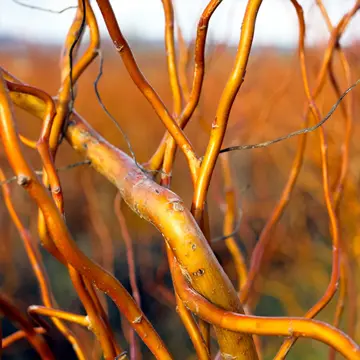
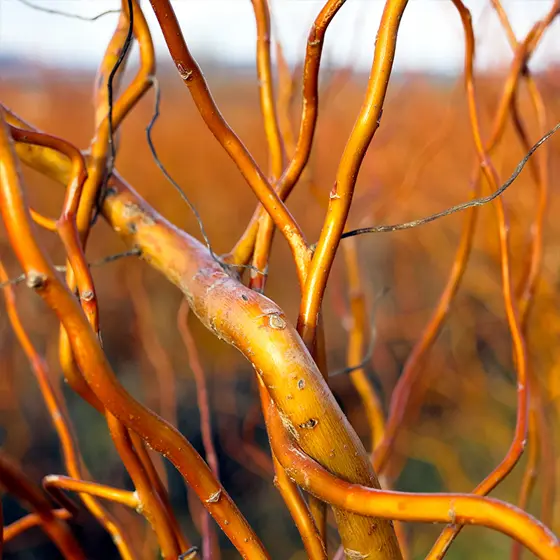
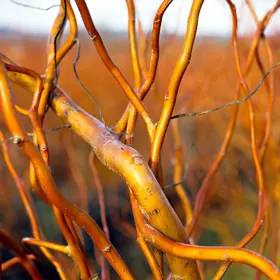
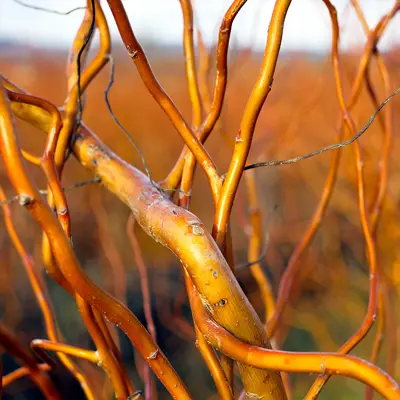

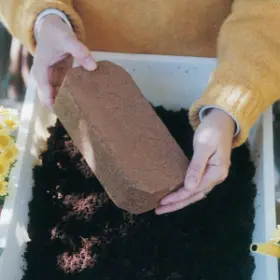
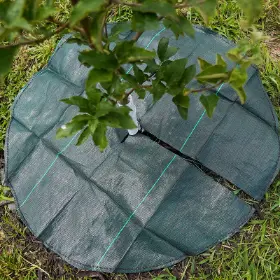

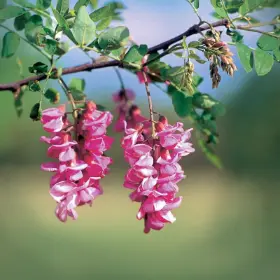
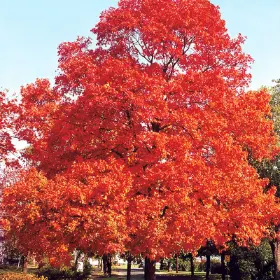
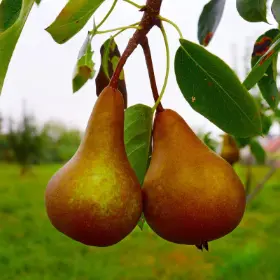
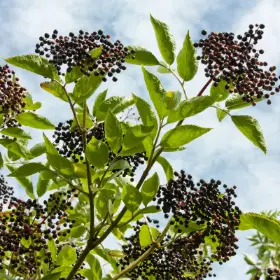
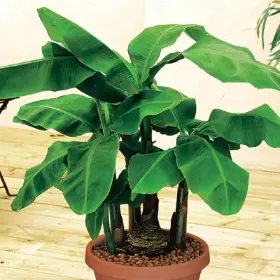
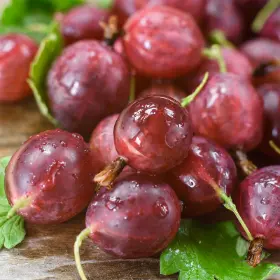
unique....looking
unique look
curb appeal
for bonsai